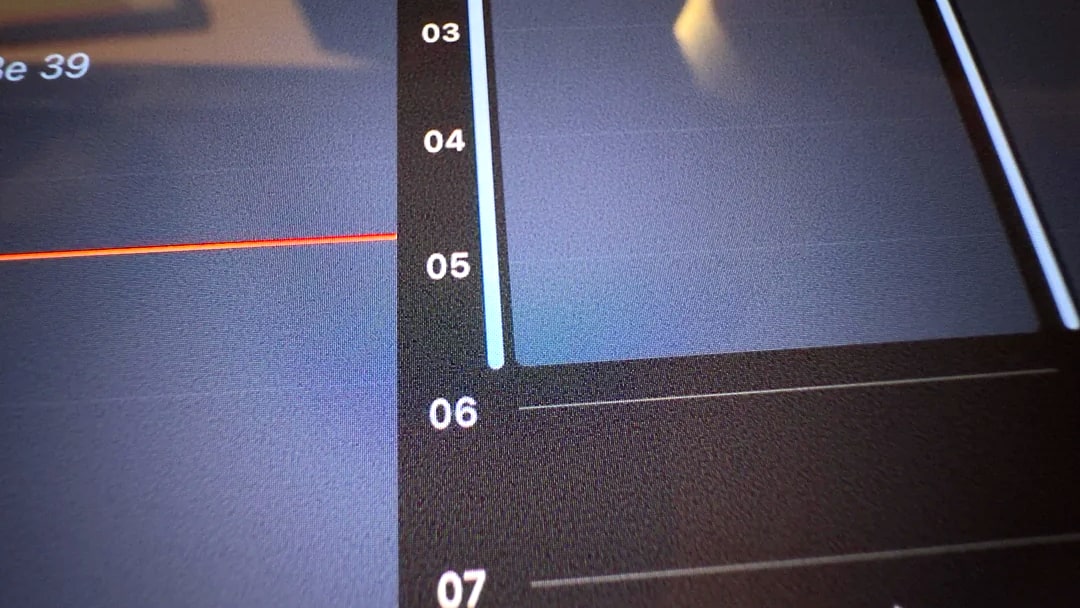Apple’s brand-new iPad Pro 2024 now comes with an OLED display for the first time, and it’s earned plenty of high praise, with our reviewer declaring: “as far as tablets go, you won’t get a better viewing experience.” But it’s not been without its snags, and a new issue has just reared its head in the last few days. Yet as it turns out, it might not technically be a defect at all.
As reported by MacRumors, iPad Pro users have taken to Reddit and the MacRumors forums to document a problem with their new tablets whereby the screen produces a grainy appearance in certain situations. Right now, it’s hard to know how widespread the issue is and how Apple will respond to it, if at all.
According to the posts, the iPad occasionally exhibits a grainy effect that is most pronounced in dark environments. It seems to be more common when the iPad has its display brightness set at a low or medium level and when its on-screen content contains gray or muted colors.
That means it only seems to happen in a very specific set of circumstances. It’s reminiscent of another issue that made the rounds a few days ago, when iMore’s Gerald Lynch noticed a shimmering effect when viewing dark blue tones on his iPad Pro, something TechRadar’s own Lance Ulanoff was able to replicate. It’s all negative press that Apple would no doubt have wanted to avoid.
Defect or quirk?

Despite first appearances, it’s tough to know whether the grainy effect is actually a defect or simply a consequence of how OLED panels work. These displays are known to produce effects like this from time to time, and that could be what’s happening here.
For instance, an OLED display’s brightness is controlled on a per-pixel level, and this can lead to slight inconsistencies in screen brightness. As with this reported issue, this can manifest itself as graininess, especially in low-lighting conditions.
Similarly, the sub-pixels inside OLED screens can vary in their shapes and sizes. This can cause varied on-screen effects, including grainy textures.
Ultimately, it’s unclear what exactly is causing this issue, and a fault may well be to blame. Given the high-profile launch of the iPad Pro, we’re sure Apple is aware and investigating the issue. If it is a genuine defect, the company will likely announce something in due course. But if it’s just one of the quirks of owning an OLED display, iPad Pro users will most likely just have to live with it.




















+ There are no comments
Add yours